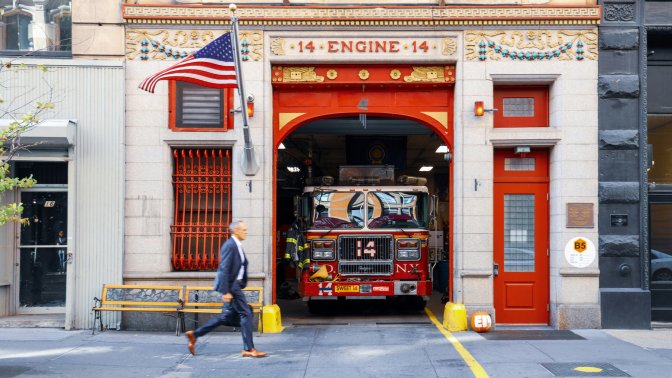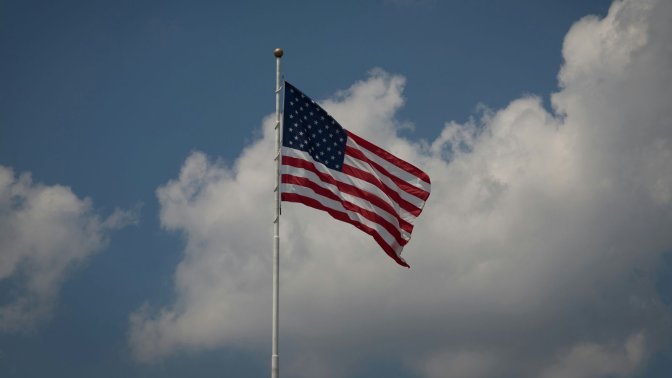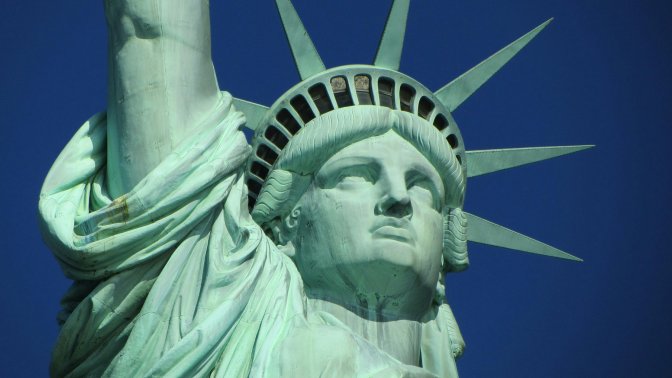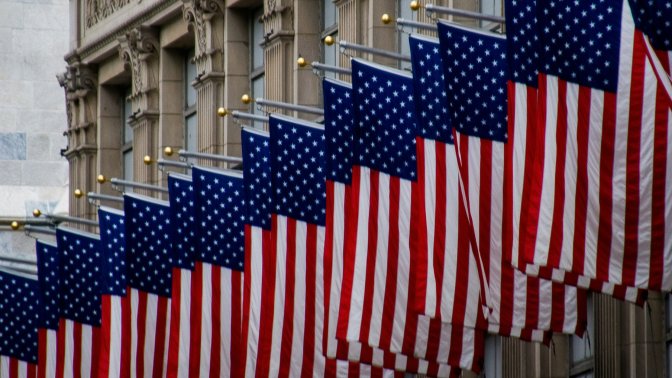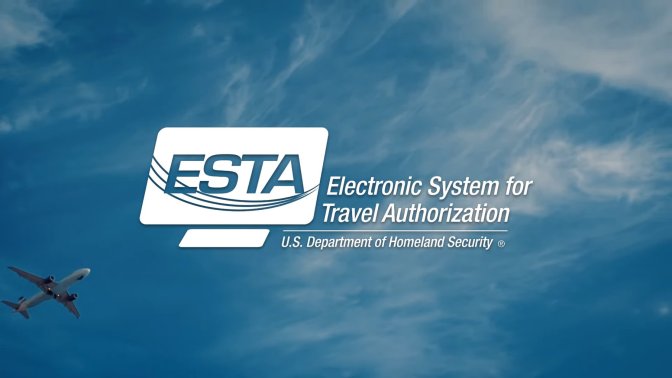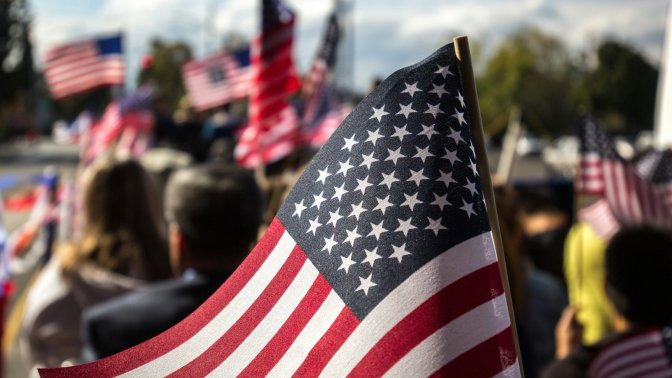This US visa guide explains the main visa categories, application steps, fees, processing times, refusal reasons, and how to appeal. By keeping the process clear and straightforward, you can prepare for your application with confidence.
Types of USA visas
U.S. visas fall into two broad groups: nonimmigrant and immigrant visas. Nonimmigrant visas are for temporary stays, such as tourism, study, business, or work. Examples include the B-1 and B-2 visas for business and tourism, the F-1 for students, and the H-1B for skilled professionals. Other temporary visas exist for exchange visitors, religious workers, or individuals with extraordinary ability. These visas usually require applicants to prove that they plan to return to their home country after their stay.
Immigrant visas, by contrast, are intended for those who want to live in the United States permanently. These include family-based sponsorship visas, employment-based categories, and the Diversity Visa Lottery. Refugees, asylees, and certain other groups may also qualify for special immigrant programs. In many cases, a U.S. citizen or permanent resident acts as a sponsor for the immigrant.
There are also special visa categories for victims of crime, human trafficking, or for individuals providing assistance in legal matters. These exist outside the main categories but follow their own strict rules.
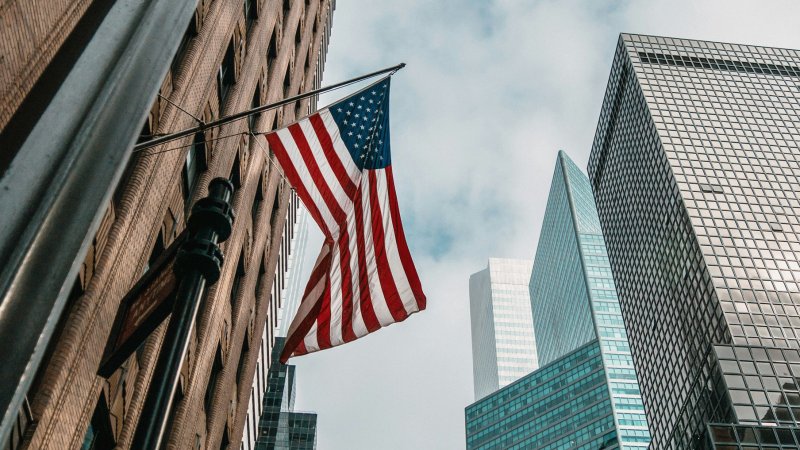
Need more details? Here is everything you need to know about US visa types.
US visa application process
The visa process usually begins with a petition if sponsorship is required. For example, an employer or family member in the U.S. must first submit a petition that needs approval before the applicant can move forward.
Once eligible, the applicant completes either the DS-160 (for nonimmigrant visas) or the DS-260 (for immigrant visas) form online. Supporting documents are essential at this stage and typically include a valid passport, photographs, proof of finances, education records, and birth certificates.
Most applicants attend an interview at a U.S. embassy or consulate. The interview is where a consular officer evaluates the case, asks questions, and checks whether the applicant meets the requirements. Some individuals may qualify for interview waivers, but this is only in limited circumstances.
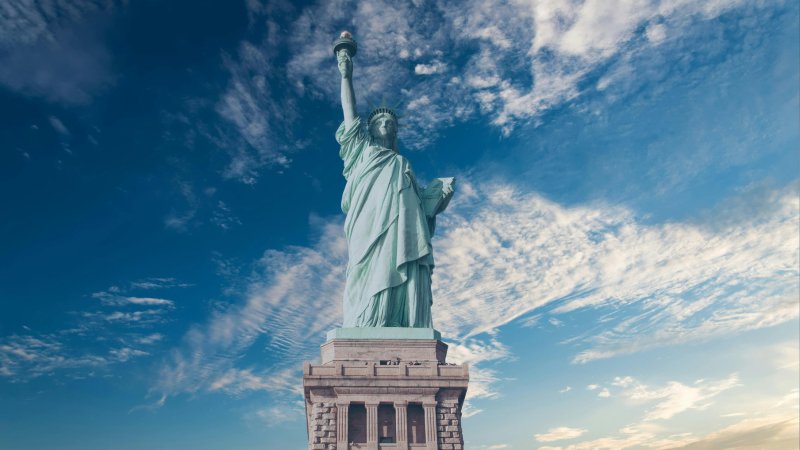
If additional checks are needed, the case may go into administrative processing, which adds extra waiting time before a final decision.
US visa fees
Every visa type carries its own fee. Nonimmigrant visas generally require a non-refundable application fee. Immigrant visas involve not only the application fee but also other charges for processing at different stages. For some employment-based petitions, applicants can pay for premium processing, which provides a faster decision in exchange for an additional cost.

US visa processing times
The time it takes to get a visa depends on several factors:
Nonimmigrant visas (tourism, study, work): The biggest wait is usually for the interview appointment, which varies by embassy. After the interview, most decisions are quick, but some cases go into administrative processing, adding weeks or months.
Immigrant visas (green cards): Processing involves several steps — USCIS petition approval, National Visa Center review, and a consular interview. Typical petitions take several months. If visa numbers aren’t immediately available, applicants must wait until their priority date is current.
Premium processing: Available for certain work visas, this can shorten USCIS decisions to about 15 days.
Delays: Common causes include embassy backlogs, security checks, requests for extra documents, and visa number limits in some categories.

In short: nonimmigrant visas can be issued in weeks if straightforward, but immigrant visas often take many months, sometimes longer if backlogs exist.
US visa refusal and ineligibility
Not all applications succeed, and refusals are common. Frequent reasons are:
Failure to prove strong ties to home country
Missing or incorrect documents
Previous immigration violations
Health, criminal, or security concerns
Fraud or misrepresentation
When a visa is refused, the officer usually provides a reason. Some refusals can be resolved by submitting missing documents or reapplying with stronger evidence. In other cases, the applicant may need to apply for a waiver if the law allows it.
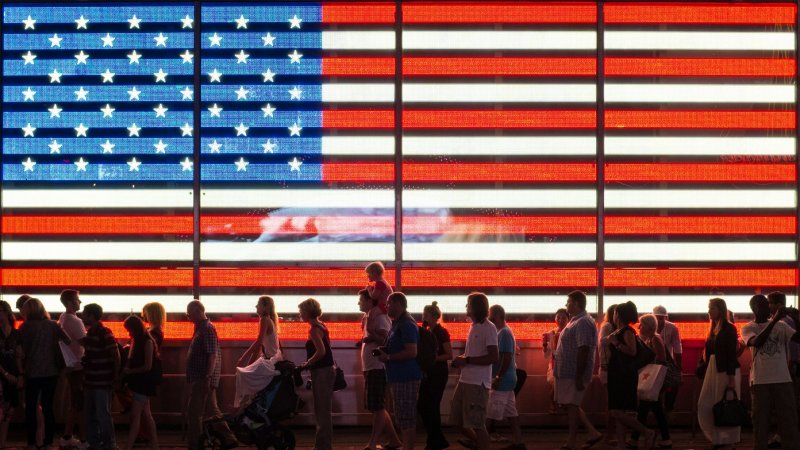
US visa appeals and waivers
If a petition is denied by USCIS, the applicant may have the option to appeal or file a motion to reopen the case. The form used for this is the I-290B. Some appeals go to the Administrative Appeals Office, while immigration court decisions may be appealed to the Board of Immigration Appeals.
In situations where ineligibility is based on specific legal grounds, a waiver may allow the applicant to proceed, though approval is never guaranteed.
Tips for a strong US visa application
Success depends on careful preparation. Always provide accurate and consistent information in forms and documents. Nonimmigrant applicants should gather evidence of strong ties to their home country, such as family, employment, or property ownership. Apply as early as possible to allow for delays, and keep copies of all submitted materials. If a refusal happens, take the time to understand the reason before deciding whether to reapply or seek a waiver.
While the system is complex, a clear approach and careful preparation can make the difference between a denied US visa application and a successful visa.


